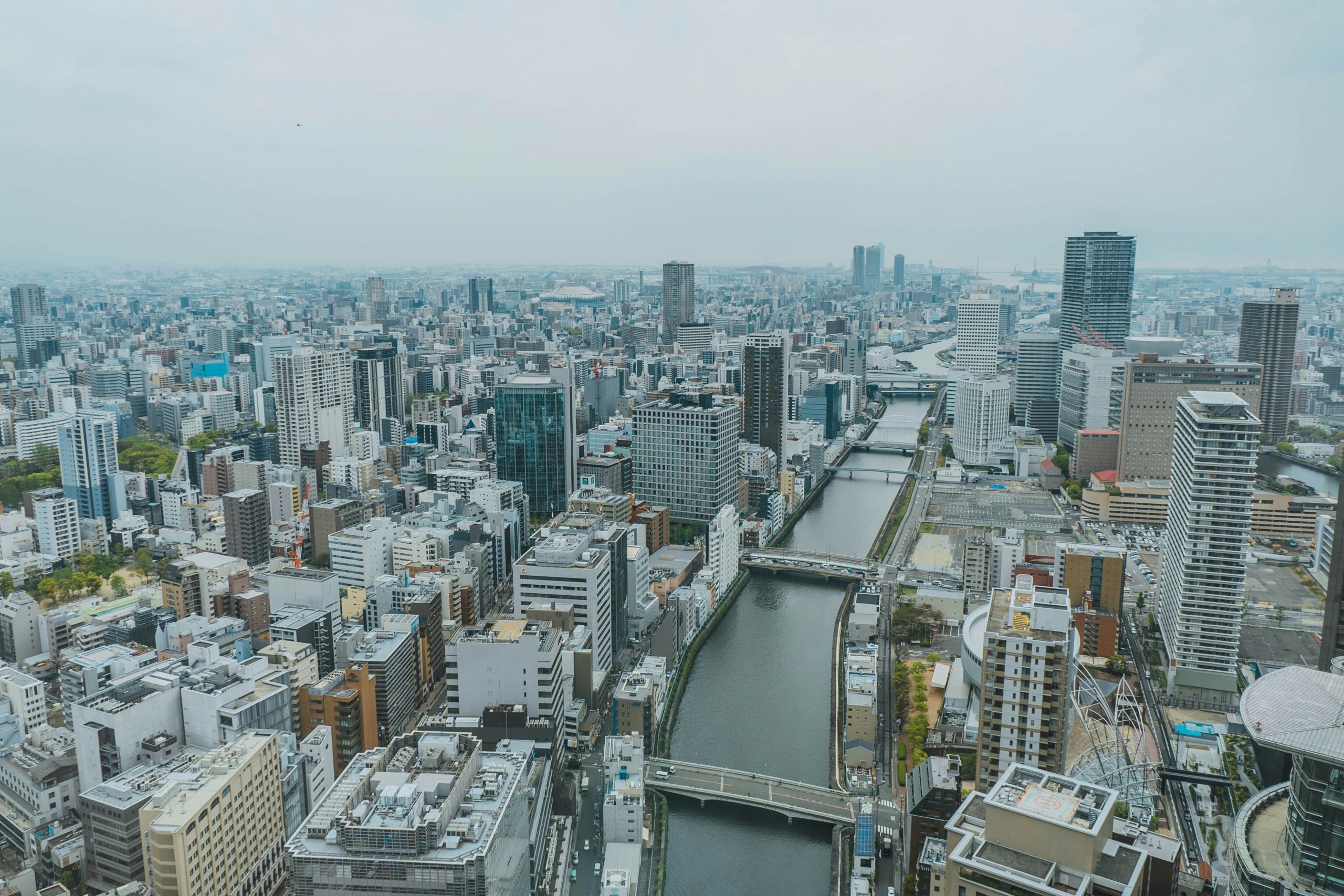In the past, the majority of real estate purchases were “actual demand” from locals buying locally. Of course, there was demand from wealthy people buying vacation homes in resort areas, but their presence in the market was lower than it is today.
However, the situation has changed considerably. Especially in urban areas such as the wards of Tokyo, Osaka City, and Kyoto City, it has become much more difficult for the average salaried worker to purchase a “local” condominium for sale. As if to compensate for this, the number of wealthy people and foreigners purchasing second homes or for investment purposes is increasing. Although there are those who purchase expensive condominiums in central Tokyo, most of them are buying as “investments” with the expectation that the price will rise after purchase and with the aim of increasing asset value (capital gain), and those whose sole purpose is purely to “acquire a home of their own” are probably in the minority.
In urban areas, whether for a second home or an investment, the key point in common is convenience. The “environment” is not the key for those who are raising children. Of course, the environment is important, but what they are looking for is status, views, etc., which is slightly different from the school districts, parks, etc. which are important to the child-rearing class.
For demand for a second home, security is a concern, but convenience is more important unless the area is particularly unsafe, because people can enjoy urban living more if the area is “safe but has good commercial facilities,” rather than “safe but has nothing in the vicinity.” Therefore, as long as there is strong demand for rental properties in the city center and high rents can be obtained, security and the location are not as important.
In fact, in the Kansai region, real estate prices have soared in areas that were never considered popular, or even low-priced, residential areas, such as the JR Kyoto Station area, areas near JR Osaka Station such as Nakatsu and Nakazaki-cho, and the Namba area. Areas that were once considered “convenient, but I would never consider living there” are gaining in popularity. We do not have the same sense of market prices in the Tokyo metropolitan area as we do in the Kansai region, but the trend is the same.
As the population declines, real estate in rural areas has begun to decline from the suburban areas. As the number of households raising children declines due to the falling birthrate, fewer people will head for “suburban residential areas with a good environment,” and the aging of the population will increase the popularity of convenient locations in city centers. Considering that the demand for second homes and investment demand mentioned above will overlap with this, except for areas with overwhelmingly good environments and high status, the demand for real estate with high convenience such as proximity to the city center, proximity to train stations, many restaurants, and downtown will increase, rather than “good environment/good location compared to certain areas” relatively, as it is now and will be in the future.
In the future, however, the value of real estate with high convenience such as proximity to the city center, train stations, restaurants, and downtown areas is expected to increase.

For additional information or any questions please contact us here
Email: info@remax-apex.com

